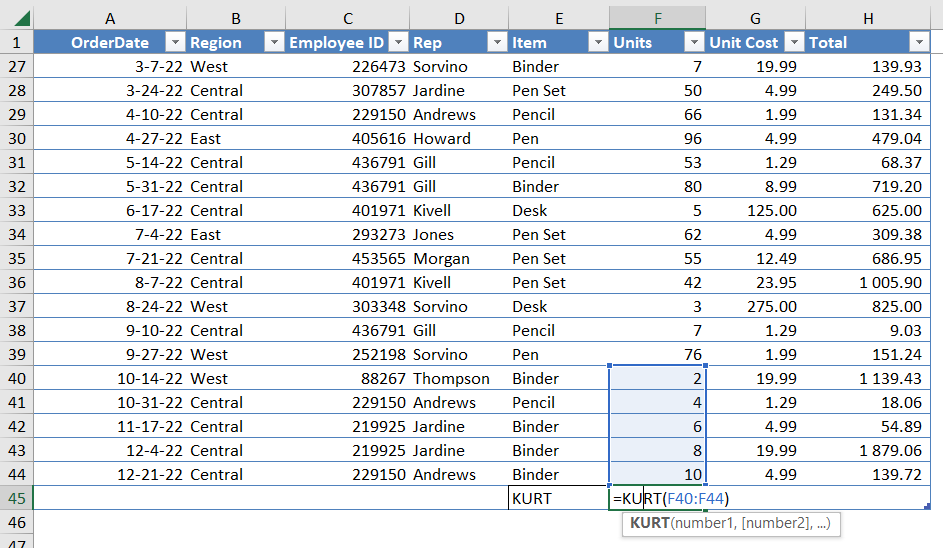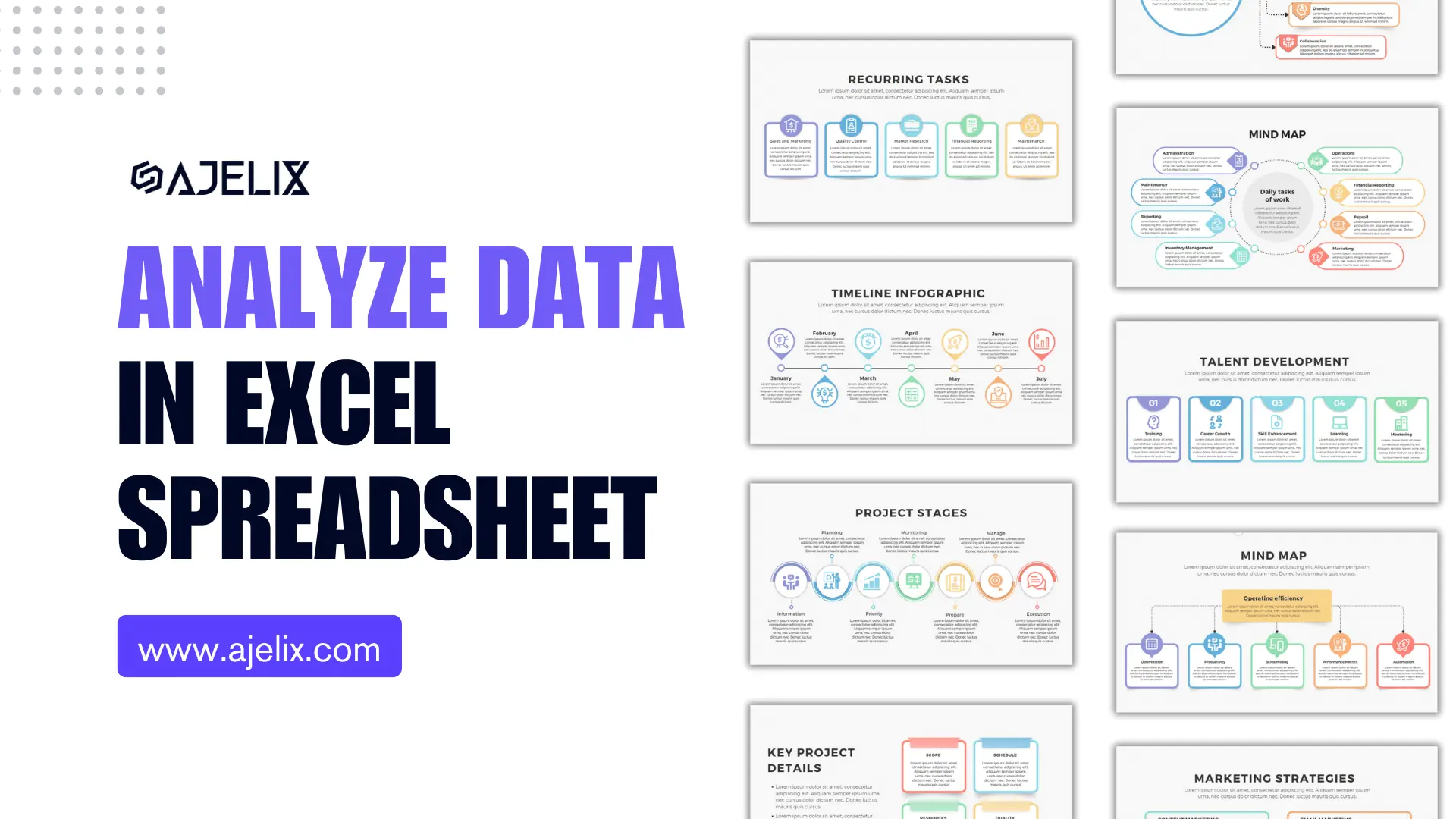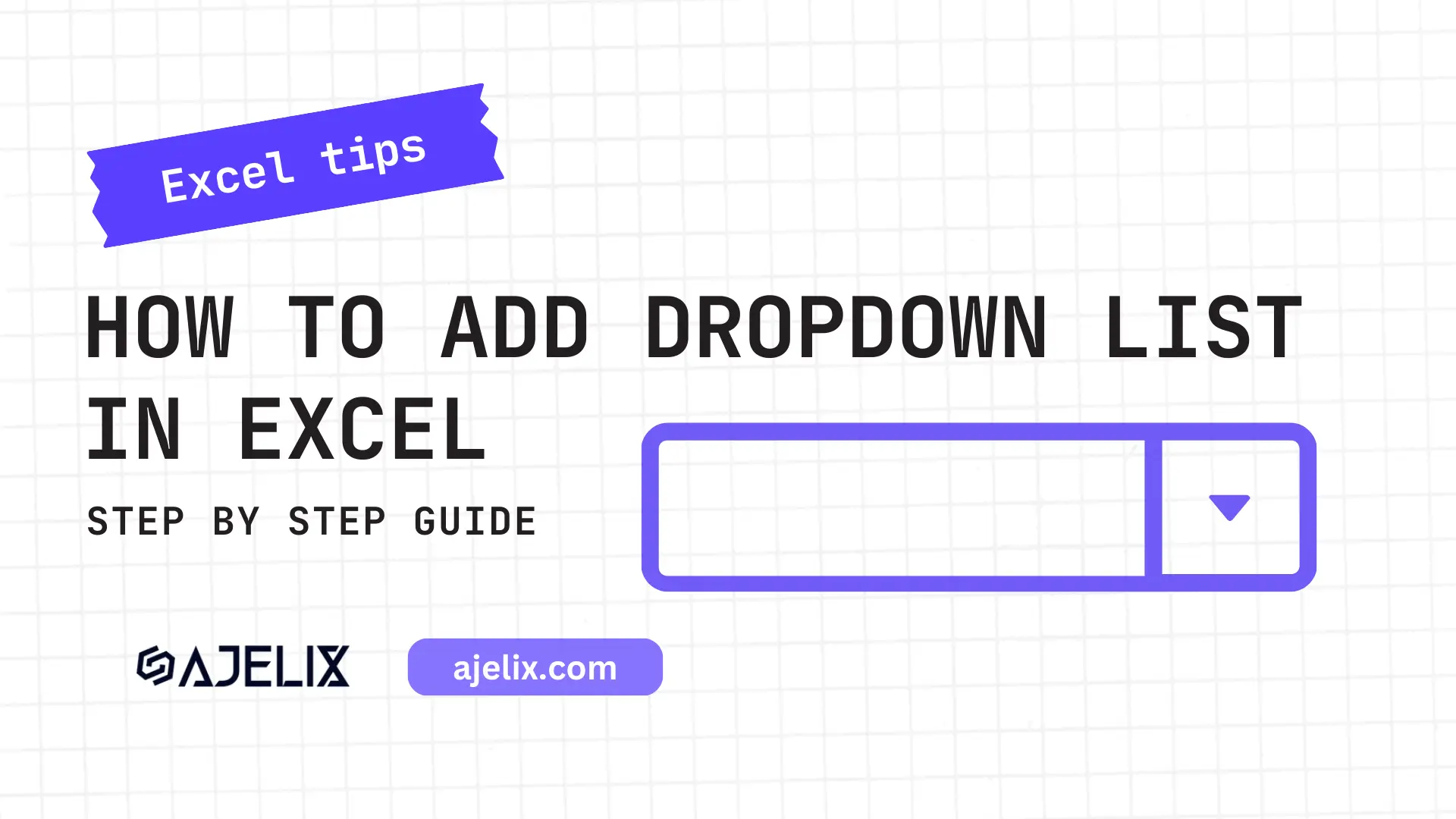- Home
- Data Visualization
- Tools
- AI Data Analyst
- Excel Formula Generator
- Excel Formula Explainer
- Google Apps Script Generator
- Excel VBA Script Explainer
- Excel VBA Script Generator
- Excel VBA Code Optimizer
- Excel VBA Code Debugger
- Google Sheets Formula Generator
- Google Apps Script Explainer
- Google Sheets Formula Explainer
- Google Apps Script Optimizer
- Google Apps Script Debugger
- Excel File Translator
- Excel Template Generator
- Excel Add-in
- Your Virtual AI Assistant For Excel Spreadsheets
- AI Answer Generator
- AI Math Solver
- AI Graph Generator
- AI SQL Generator
- Pricing
- Resources
What is KURT Function in Excel?
The KURT function in Excel returns the kurtosis of a data set, which measures the peakedness of the data values relative to a normal distribution. Kurtosis can be used to detect outliers in a data set.
Description
Kurt Function MS Excel is a statistical tool used to measure a data set’s tail weight. The tail weight of a data set describes the degree to which its distribution is more or less peaked than a normal distribution. The function can be used to analyze the distribution of data in a range of cells and to determine if the data is skewed or has outliers.
The KURT formula takes four arguments: the range of cells containing the data, the number of observations, the number of variables, and the mean of the data set. The function will then return a value between -3 and +3, which indicates the degree to which the data distribution is more or less peaked than a normal distribution.
A value closer to -3 indicates that the data is more platykurtic or less peaked and indicates a distribution with more extreme values.
A value closer to +3 indicates that the data is more leptokurtic, or more peaked, and is indicative of a data set with fewer extreme values.
Kurt function can help you identify outliers and skewness. It can be used to gain insight into the underlying structure of a data set and compare data sets to each other. Function can identify the most important variables in a data set and identify relationships between variables.
Struggling with your Excel formulas?
Looking for a faster and easier way to write Excel formulas? Try AI Excel Formula Generator and turn your text into formulas with just a few clicks.
KURT Function Syntax
KURT(number1, [number2], …)
number1: A numeric value or range of values.
[number2], …: Optional additional numeric values or ranges of values.

How to use KURT function MS Excel in your workbook:
- Open the Microsoft Excel program on your computer.
- Input the data that you want to use to calculate the Kurt function in the spreadsheet.
- Click on the “Formulas” tab and then select “More Functions” from the ribbon.
- In the “Select a Function” drop-down menu, select “Kurt”.
- A dialog box will appear. In the “Number1” field, select the cell that contains the data that you want to use.
- Click “OK” and the function will be calculated for that range of data.
- To view the result, select the cell where you input the Kurt function and a value will be displayed.
Similar Formulas
Frequently Asked Questions
Excel can report kurtosis, but not excess kurtosis.
Kurtosis is a measure of the “peakedness” of a distribution. It is a measure of the concentration of values at the center of the distribution. Higher kurtosis indicates higher concentration of values at the center with fewer values at the tails, thus creating a more peaked distribution. Low kurtosis indicates fewer values at the center and more at the tails, creating a flatter distribution.
Read latest blog articles about Excel
WEEKLY BLOG ARTICLES WITH INDUSTRY NEWS AND HELPFUL GUIDES

Top Automation Tools for Excel in 2025: Built-In and Third-Party Solutions
Written by Signe on . Posted in excel




